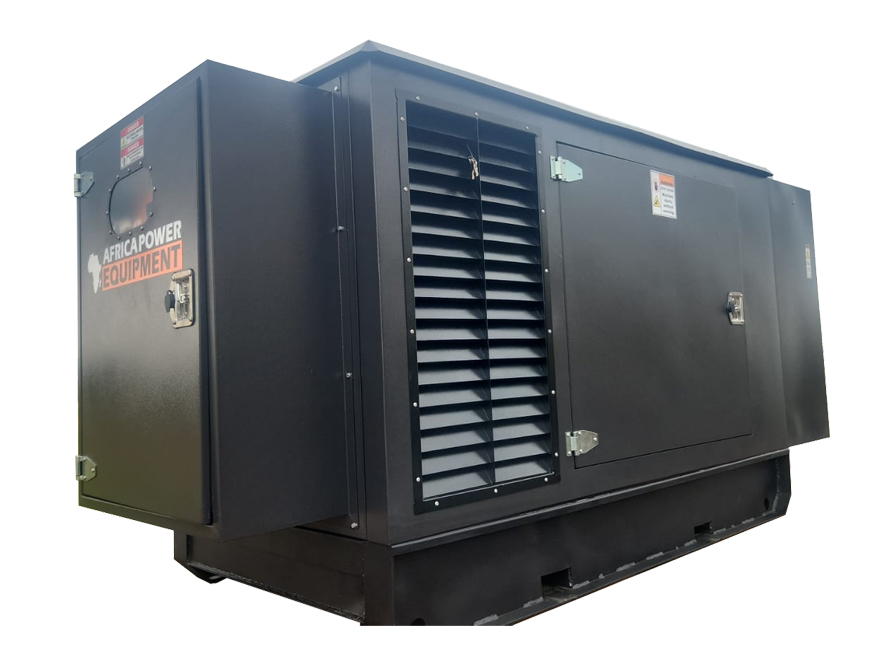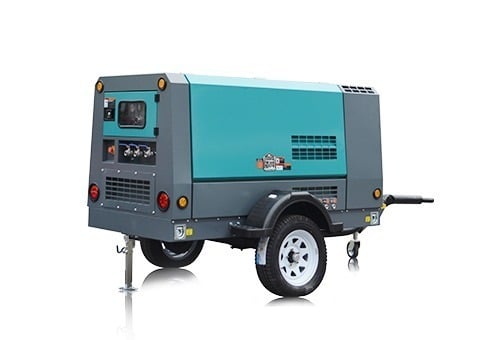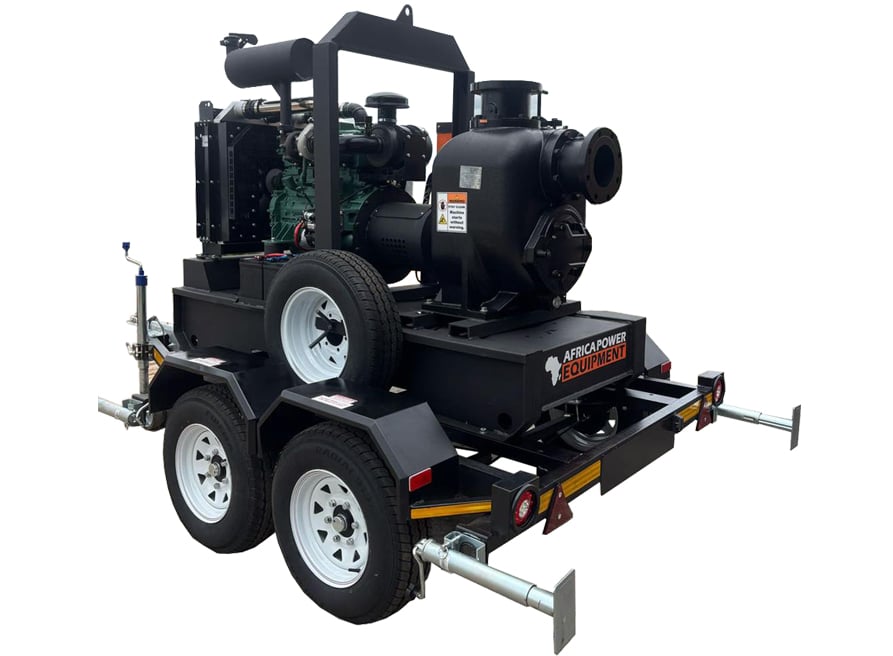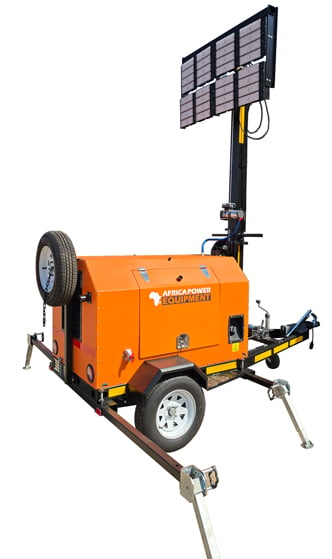Using One Pump for Both Irrigation and Domestic Water Supply: Is It Possible?
When planning a water system, efficiency and cost-effectiveness are key. A common question is: Can I use a single pump to supply both my household water needs and my irrigation system? The answer is yes—with the right planning, equipment, and design considerations.
In this article, we’ll explore the pros, cons, and technical requirements of using one water pump for both domestic and irrigation purposes, helping you make an informed decision.
✅ Quick Answer
Yes, you can use one pump to supply both household water and irrigation, provided the pump is correctly sized for total flow and pressure requirements, and the system includes appropriate controls like pressure tanks, filtration, and separate zoning for consistent performance.
🧠 Why Combine Systems?
Using one pump for both applications can:
-
Save upfront costs (only one pump to purchase and install)
-
Reduce maintenance complexity
-
Simplify plumbing layouts
However, it also means the pump must meet higher and more variable demand, especially during peak usage times.
🔧 Key Considerations Before Combining Uses
1. Total Flow Rate Requirements
-
Irrigation (sprinklers, drip systems): Can range from 10 to 100+ L/min depending on area size
-
Domestic use (toilets, taps, showers): 20–50 L/min average demand
Example:
-
3 sprinklers at 12 L/min = 36 L/min
-
House usage during shower and washing machine = 25 L/min
Combined Total: ~61 L/min
Your pump must supply this combined flow rate with sufficient pressure.
2. Pressure Requirements
Domestic water generally needs 2.5 – 4 bar pressure.
Irrigation systems often require lower pressure, especially for drip lines.
You’ll need a pump that maintains stable pressure across varying flow rates, ideally with a pressure control system or pressure tank.
3. Pump Type and Features
| Pump Type | Suitable For |
|---|---|
| Multistage Centrifugal | High pressure & stable domestic flow |
| Variable Speed Pump | Adapts to fluctuating demand easily |
| Submersible Pump | Best for deep boreholes or tanks |
Recommended Features:
-
Pressure switch or controller
-
Dry run protection
-
Filtration system
-
Pressure tank for buffer storage
🌐 Zoning: Separating Domestic & Irrigation Use
To avoid household supply interruptions during irrigation, install:
-
Solenoid valves to schedule irrigation when household demand is low (e.g., early morning)
-
Non-return valves to prevent backflow
-
Separate pipelines after the pump for irrigation and domestic supply
This zoning ensures no pressure drop or water starvation in your home while watering the garden.
🛠 Sample System Setup
-
Rainwater/borehole tank
-
One high-efficiency multistage pump
-
Filtration unit before domestic supply line
-
Pressure control switch + tank
-
Two outlets from pump:
-
Domestic water line (filtered, pressure-regulated)
-
Irrigation line (manual or automatic timer-controlled)
-
🔌 Energy and Cost Efficiency
Using one pump means:
-
Lower equipment cost
-
Lower electrical demand (one motor)
-
Less space taken up in your utility area
However, it must be properly sized or it may short-cycle, wear out prematurely, or fail to meet demand.
⚠️ Common Mistakes to Avoid
-
Under-sizing the pump: Leads to weak pressure or pump burnout
-
No filtration on domestic supply: Can result in debris in drinking water
-
Running irrigation during high domestic use: Causes pressure drops
-
Skipping check valves: Risk of contamination or back-siphonage
🔗 Internal Linking Opportunities
📌 Conclusion
A single pump can serve both irrigation and domestic needs—but only if properly planned. You must consider combined flow, consistent pressure, and safety measures like filtration and zoning. With the right configuration, you’ll enjoy a reliable and efficient dual-purpose water system that saves money and space.
Need help designing a water system that does it all?
👉 Talk to the pump specialists at PowerEquipment.co.za for expert advice and premium pump solutions.





